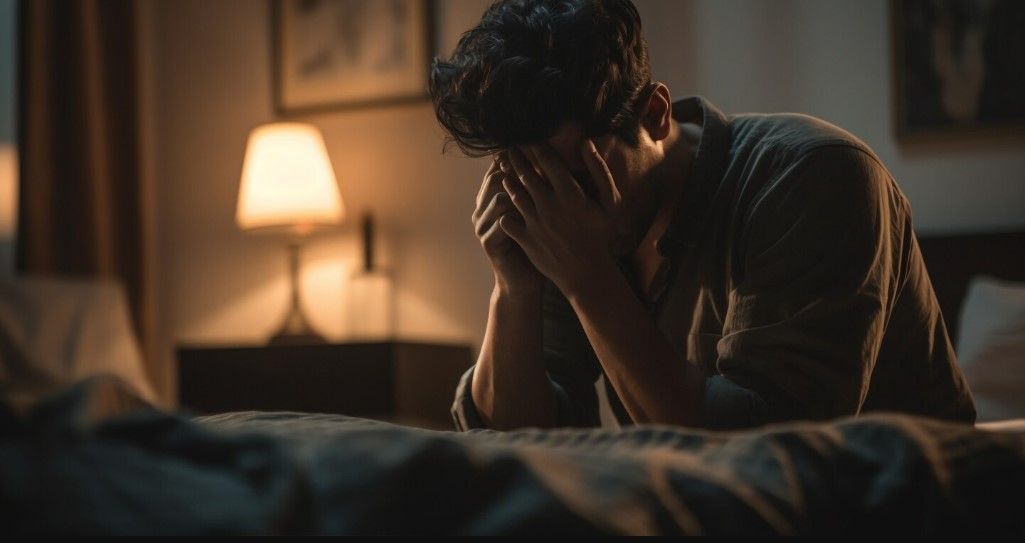How PTSD Affects Relationships and Intimacy: Untangling Trauma’s Quiet Disruptions
Post-Traumatic Stress Disorder (PTSD) can be an invisible force shaping every aspect of a person's life. While often associated with flashbacks and anxiety, its impact on relationships and intimacy is just as profound—and frequently misunderstood. For survivors and their partners, navigating love, trust, and connection amid PTSD requires patience, knowledge, and compassion.

What Is PTSD?
PTSD is a mental health condition triggered by experiencing or witnessing traumatic events. Symptoms may include:
- Intrusive memories and flashbacks
- Nightmares and sleep disturbances
- Emotional numbness or irritability
- Avoidance of reminders related to the trauma
- Hypervigilance and exaggerated startle response
These reactions are not a sign of weakness—they’re the brain’s survival adaptations struggling to recalibrate in safety.
Emotional Distance and Detachment
One of the most challenging symptoms for intimate partners is emotional withdrawal. People with PTSD may feel numb, disconnected, or uninterested in emotional closeness. This is often a protective response—built from fear of vulnerability or overwhelm. But for their partner, it can feel like rejection or indifference, creating feelings of loneliness and confusion within the relationship.
Trust and Safety Barriers
Trust is foundational to intimacy—and PTSD can erode it. Survivors may question others' motives, struggle with feelings of betrayal, or fear being hurt again. Even in loving relationships, they may resist opening up, fearing judgment, abandonment, or loss of control.
Communication Breakdown
PTSD can make self-expression hard. Survivors may avoid talking about their trauma, or react with defensiveness when feeling triggered. Their partner might walk on eggshells, unsure how to respond. Misunderstandings multiply when pain is unspoken or misunderstood, straining even the most caring dynamics.
Impact on Physical Intimacy
Trauma often resides in the body, making physical closeness complicated. Some survivors experience:
- Fear or anxiety linked to touch or sexual contact
- Flashbacks during intimate moments
- Difficulty feeling present or safe during physical closeness
Partners may misread these reactions as lack of desire, when they’re often rooted in unresolved trauma.
For the Partner: The Emotional Toll
Supporting someone with PTSD can be emotionally demanding. Partners may feel helpless, frustrated, or even guilty for wanting their own needs met. Without support, they can experience burnout, resentment, or emotional withdrawal themselves.
Pathways to Healing Together
1. Education and Awareness Understanding PTSD is key to compassion. Learning about trauma responses helps both partners avoid blame and foster empathy.
2. Trauma-Informed Counseling Couples therapy with a trauma-informed approach can improve communication, rebuild trust, and address intimacy challenges.
3. Boundaries and Patience Healing takes time. Respecting personal boundaries while remaining emotionally present builds safety.
4. Self-Care for Both Partners Each person needs room to tend to their own emotional well-being. Individual therapy, creative outlets, and community support can help maintain resilience.
5. Affirming Love Without Pressure Expressions of care—no matter how small—create bridges. A simple “I’m here, whenever you’re ready” can mean the world.
Conclusion
PTSD affects more than the individual—it reverberates through relationships, reshaping how love is felt and expressed. But with understanding, healing is possible. Intimacy doesn’t vanish in the face of trauma—it adapts, transforms, and, in many cases, becomes deeper through shared compassion and courage.
CATEGORIES












